For Incentive Travel Agencies seeking new destinations and activities to reward their employees. Bhutan is the perfect destination to reward your employees with once in a lifetime experience. Bhutan incentive tour revitalizes your mind, body and soul and create lasting memories.
Highlights: Visit to the world’s largest sitting buddha statue in Thimphu, hoist prayer flags for prosperity, luck and merit. In Punakha the visit includes the majestic Punakha dzong and experience a leisurely white-water rafting. A memorable long and happy life blessing at a private monastery called Tshewang ceremony. A lifelong memorable one-night camping experience with bonfire and open bar. A mesmerizing hike to Tiger’s nest monastery in Paro and experience, the national game of archery with cultural dance performance and traditional feast.
This trip will bring you to the most beautiful and fertile valley in the country. The climate is very comfortable. One will get to see mountains dotted with numerous temples and villages. Even with the onslaught of modernization and developments, the countryside’s still retains the age-old customs and traditions.
Welcome to the land of the thunder Dragon. We invite you to experience the beauty, culture and spirituality of Bhutan with us. We wish you a beautiful journey thru our kingdom.
Day 1: Arrive at Paro International Airport – Transfer to Thimphu.
Distance: 54 km
Driving time: 1hr 20mins drive.
Altitude in Thimphu: 2400 m / 7874 ft above sea level.
Our pilgrimage begins with a journey towards east into the booming metropolis of Thimphu. Situated at an altitude of 2,300 m it is home to 100,000 Bhutanese.
Thimphu being the capital of Bhutan, offers unique opportunities to explore the Bhutanese culture, lifestyle and traditions in depth.
We invite you to see the sights of the Kingdom’s capital with us. Below we have listed some of the experiences that we enjoy the most!
After lunch we will spend our time circumambulating the sacred National memorial chorten.
This is a Tibetan-style stupa built in 1974 in memory of the late King Jigme Dorji Wangchuk who passed away in 1972. It is one of the most visible religious structures in town and for many people it is the focus of daily worship. Remember to walk around the Chorten at least once to gain merit and good luck.
Next, visit the Bhutanese Paper Factory. The art of handmade paper in Bhutan dates back to the 8th century, although usage was limited mainly to religious purposes. Today it is considered an important element in the preservation of Bhutan’s cultural heritage. The factory allows guests to view the paper making process and purchase gifts from their show room.
Towards evening we will visit Tashichhoe Dzong and have glimpse king Jigme’s Palace. The Dzong is popularly known as Thimphu Dzong. It is the seat of the government and the centre of all religious affairs of the Kingdom. It houses the office and the throne room of His Majesty King Jigme Khesar Namgyal Wangchuck. Just below the dzong we can have a glimpse of King Jigmi’s palace.
Private lecture on Gross National Happiness (GNH).
Enrich your life by learning about GNH. Bhutan talks more about Gross National Happiness (GNH) than Gross National Product. Gross National Happiness is considered to be the measurement of performance for the well-being of all Bhutanese. This concept was introduced by the fourth king, His Majesty Jigme Singye Wangchuck, in the early 1980s and has been considered revolutionary by the global leaders around the world.
Overnight in Thimphu.
Day 2: Thimphu.
After breakfast we will visit the Biggest Buddha statue (50 m) built on a hill top down south Thimphu. Thestatue is overlooking the south stretch of Thimphu valley.
We will also browse the striking collection of intricate textiles at the National Textile museum.
The Museum introduces you to the living national art of weaving. The exhibition displays the major weaving techniques and styles of local dress and textile made by the Bhutanese women and men
We will take in more of kingdom’s rich culture at the Folk Heritage Museum. The museum is a restored three story traditional rammed mud and timber house inaugurated as a museum by Her Majesty the Queen Ashi Dorji Wangmo Wangchuk in 2001. It showcases the traditional artifacts used now and, in the past, which helps connect people to the Bhutanese rural life. Typical Bhutanese Lunch at the Museum restaurant.
After lunch we will drive up on a hill top to Hoist prayer flags. The flags are hoisted for happiness, long life, prosperity, luck and merit, and also to clear ones’ sins, and to offer karmic merit to all sentient beings. When the wind blows, it carries the prayers on the flags, blessing all beings that get a whiff of the prayers. Find the spot where you want to hoist your prayer flags, a monk will accompany us to consecrate the hoisting.
After that we will stretch by hiking to the ancient Wangditse Goemba. It is an easy hike through pine forest and with good overview of King Jigme’s palace. (1.5 – 2 hrs hike) Wangditse Goemba was founded in 1750 by the attendants of Bhutan’s 8th desi Yeshey Rabgye (temporal ruler). It was renovated after it suffered serious damage in a windstorm in 1995 and earthquake in 2011. The goemba houses the statues of the guardian deities.
Overnight in Thimphu.
Day 3: Transfer to Punakha.
Distance: 71km
Driving time: 3 hrs drive.
Altitude in Thimphu: 1300 m / 4264 ft above sea level.
The sub-tropical valleys of Punakha and the surrounding mountain sides offer a large variety of attractive places to explore and discover monasteries and the most impressive Dzong in the country.
Roughly 50 mins drive we will reach Dochula Pass (3050 meters / 10004 ft above sea level). If weather permits, we will have great view of the extended eastern Himalayas in Bhutan.
In just 2 hrs drive we will descend 1700 meters to reach Punakha valley. There we will visit the stunning Punakha Dzong. The Dzong is considered one of the most important and also one of the most beautiful Dzongs in the Kingdom. It was built by Zhabdrung Ngawang Namgyel in 1637, and was the seat of the government every winter until Thimphu was established as the permanent capital in 1955. It is still the winter residence of the Dratshang (Central Monastic Body). Take time to admire the impressive, colorful and detailed artistry of the surroundings, including huge statues of Buddha, Guru Rinpoche and Zhabdrung Ngawang Namgyel, as well as paintings of one-thousand Buddhas
Next, we will travel up the valley north and cross the Mo Chhu to hike up and pay respect to the grand Khamsum Yuelley Namgyal Chorten, (2-3 hrs hike)
The Chorten is 30 meters (100 feet) tall and can be seen in the distance. The three-leveled chorten took eight and a half years to build and was consecrated in 1999. Dedicated to the Fifth King, it was built to remove negative forces and to provide peace, stability, and harmony in an ever- changing world. It is therefore filled with every form of colorful protector imaginable.
After the hike down to the car, we will change and do White Water Rafting. The white water of Bhutan is about as diverse as its topography. If you are new to rafting and maybe looking for an enjoyable and easy scenic float down the river, we recommend this Mo Chhu rafting. The run starts just below Khamsum Chorten and takes you past the Queen’s and the King’s Palaces before coming to an end before the Punakha Dzong.
Overnight in Tent (Camping), Punakha.
Day 5: Transfer to Paro
Distance: 125 km
Driving time: 4 hrs drive.
Altitude in Thimphu: 2300 m / 7544 ft above sea level.
Today morning before taking the journey back to Paro we will drive up the valley to a Private Monastery where we will take part in the Tshewang ceremony (Long life blessing). Increase your chance of a long and happy life through a Tshewang ceremony. Tshewang is a one-hour ritual performed by ten monks including the Buddhist master to promote long life. It involves ample prayers, mantras and final blessings using Dorji (Thunderbolt) as well as sacred scriptures touched to the head.
After the blessing ceremony we will dine with the monks at the monastery before driving back to Paro.
In Paro we will visit the auspicious Kyichu Monastery. The seventh century monastery is one of the oldest and most sacred temples in the Kingdom. The Tibetan King, Songsten Gampo ordered the establishment of monasteries in the Himalayan region to subdue evil spirits and to spread Buddhism. Of the 108 monasteries two were built in Bhutan namely the Kyichu Lhakhang and the Jampa Lhakhang in Bumthang.
Overnight in Paro.
Day 6: Paro.
Today’s exploration of Paro valley begins with an early hike to Taktsang (Tiger’s nest monastery) 4-5 hrs hike.
Tiger’s Nest or Taktshang Goempa is one of Bhutan’s most revered monuments. It literally hangs off the face of a cliff 900 meters (2952 feet) above the valley floor. The legend states that Guru Rinpoche flew into Paro valley on a mythical tigress and meditated in a cave where Taktsang stands today. The Taktshang Goempa is built around the cave. The 4-5 hrs round trip hike offers spectacular views of the Goempa and the valley below.
Horses or mules can be arranged on request to help lighten the journey.
After the hike, we will have the biggest celebration in a traditional Bhutanese way. By witnessing and experiencing the Traditional game of archery with cultural performance by both men and women and traditional feast with the participants.
In the evening stroll around Paro Town is a must for all visitors who come to this valley. The town dates back from 1985 and its lined up by souvenir shops and café. If you are in for a good cup of café, stop at Mountain Café Roastery. They serve the best coffee in Bhutan.
Overnight in Paro.
Day 7: International Departure.

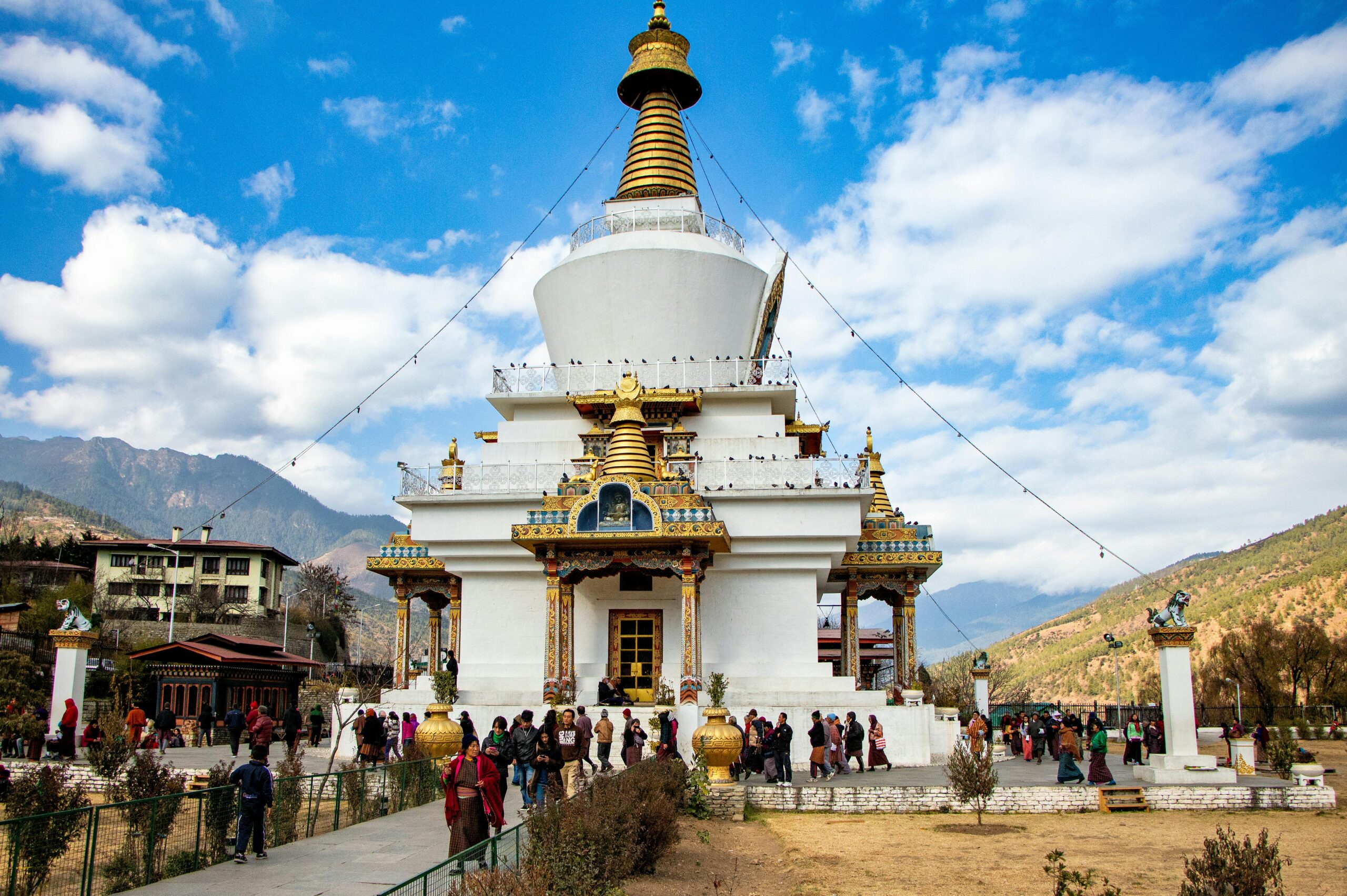
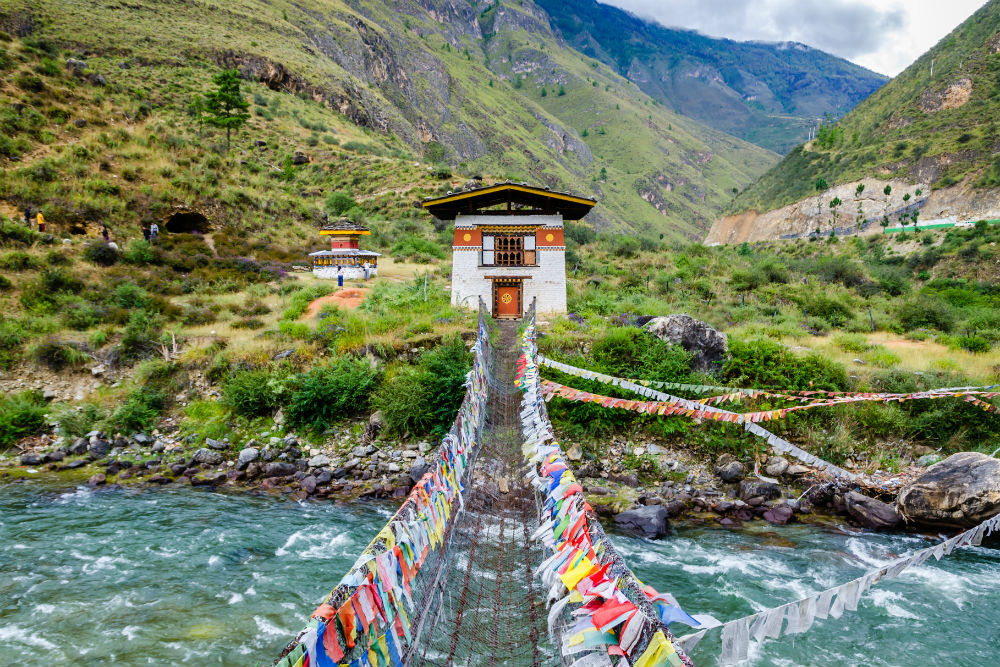
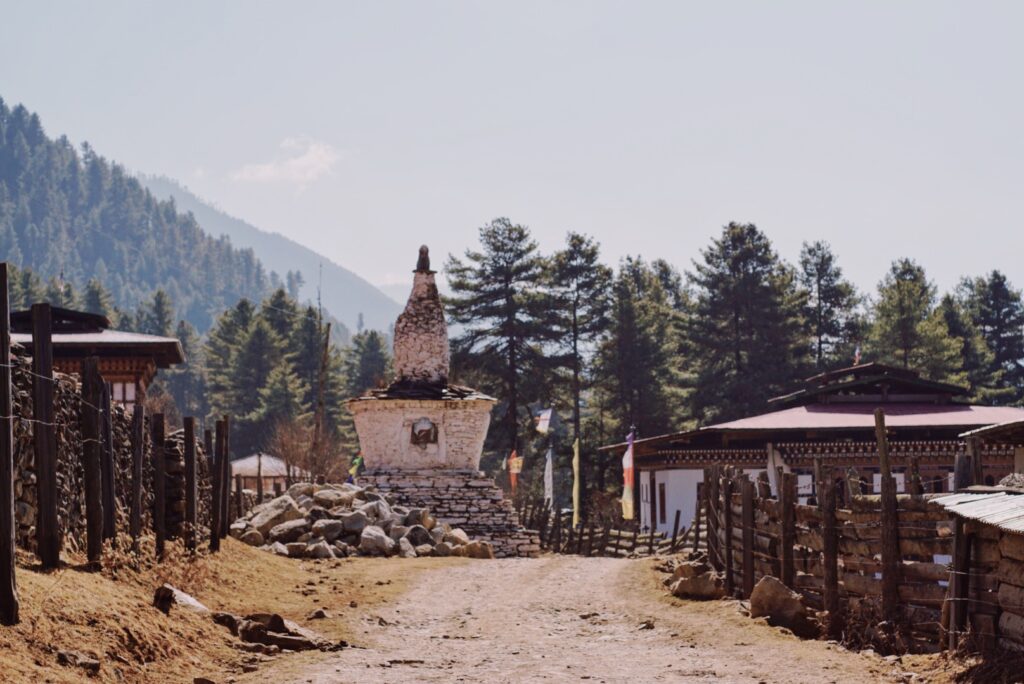
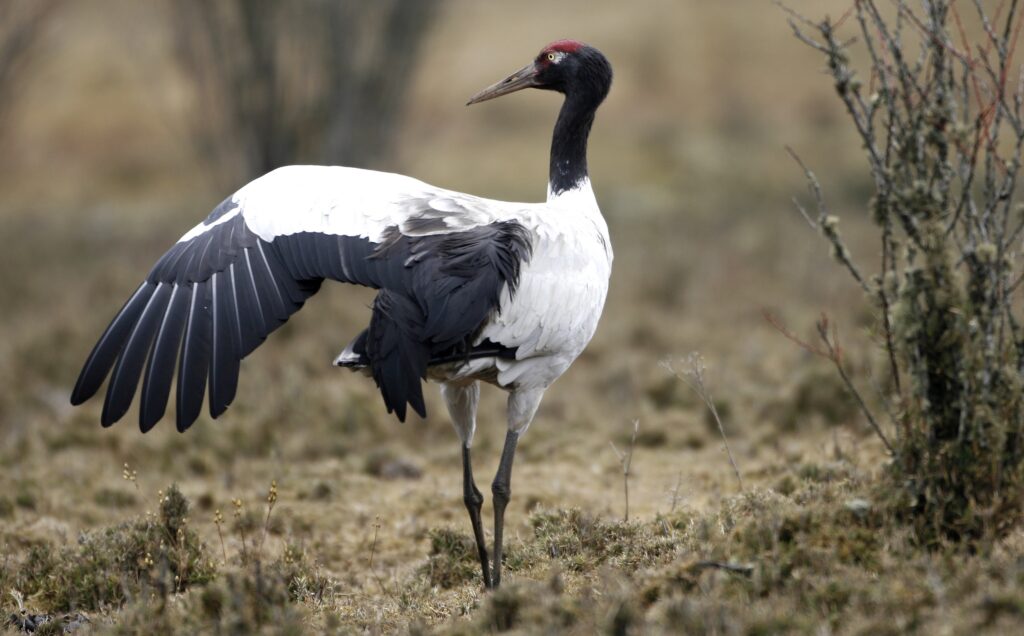
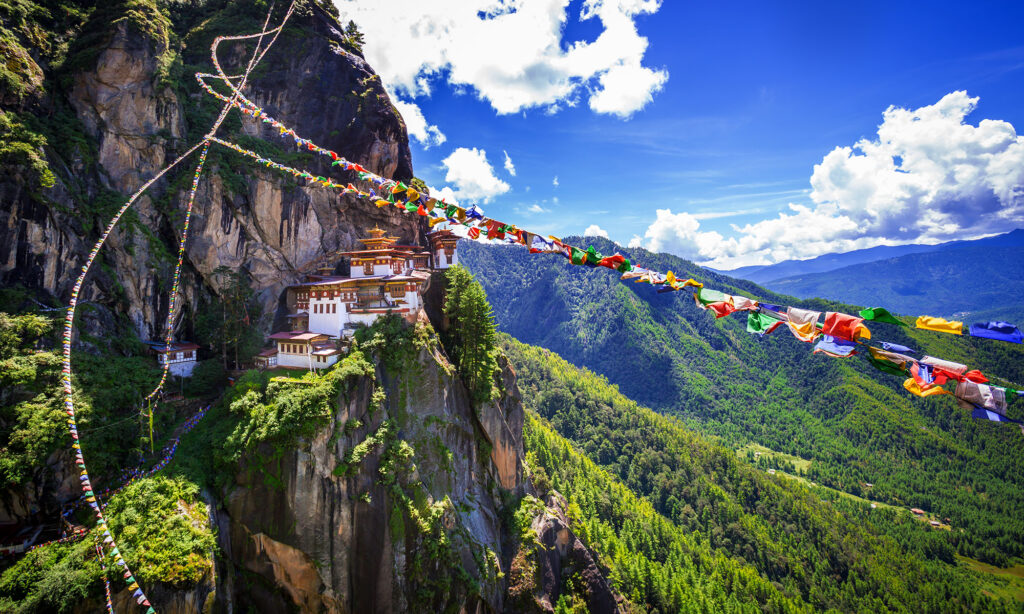
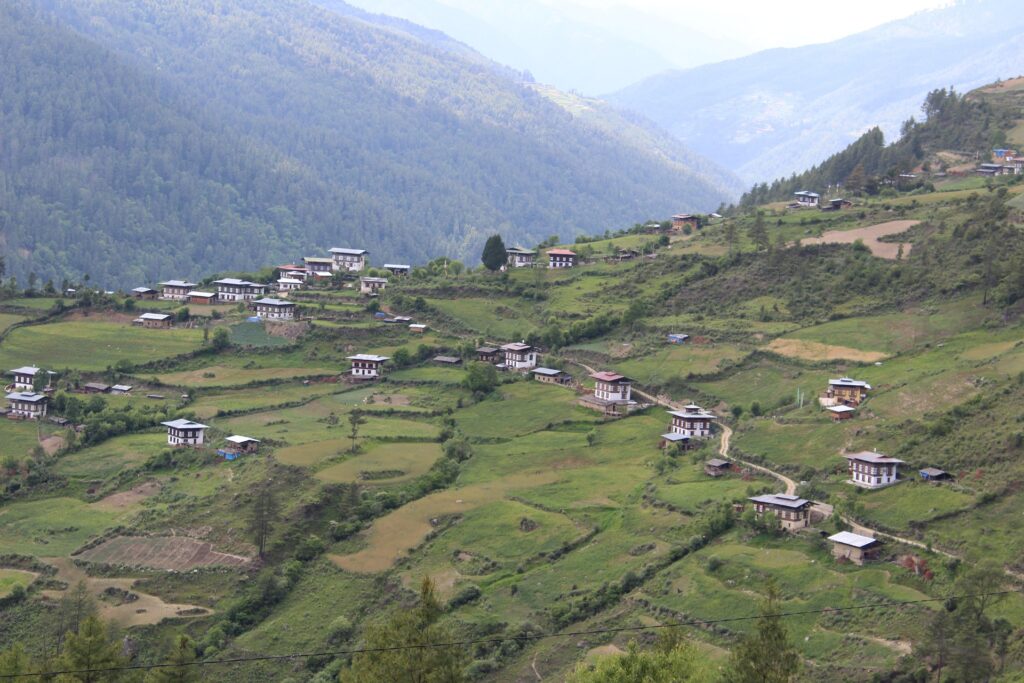
Leave a Reply
Your email is safe with us.